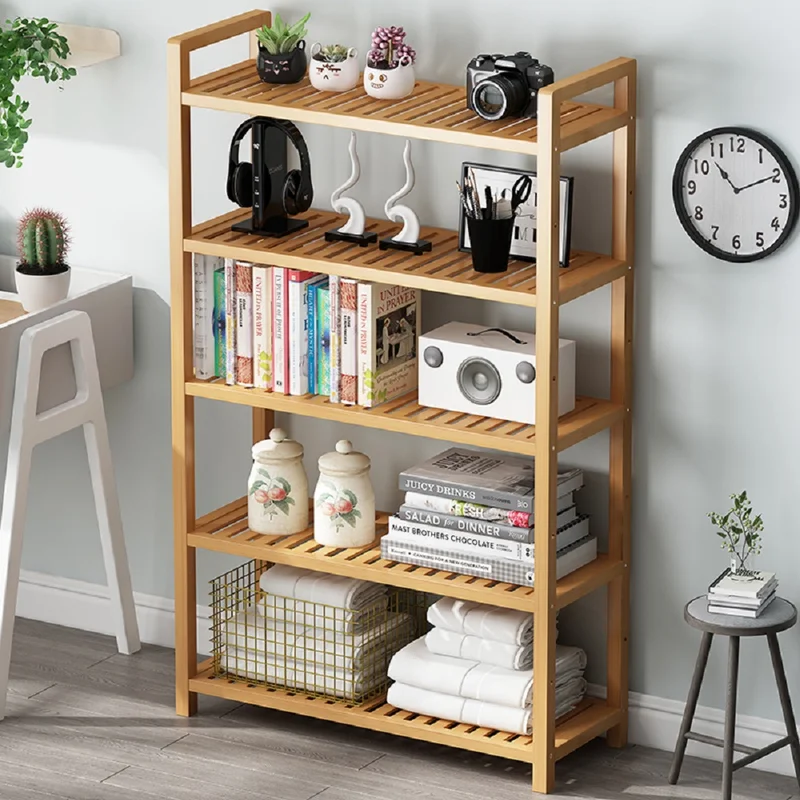designing expansive living rooms can be tricky, just like decorating smaller areas.The vastness can feel overwhelming,particularly when you have few items to fill the space. Deciding what to include in a large living room can be a real puzzle. The ideal approach involves dividing the room into smaller zones. However,extensive renovations can be costly,especially if you’re renting. We’ve gathered 11 tips for visually breaking up a large living room without any construction. Thes ideas work wiht your home’s existing layout.
1. Divide the Zones of the Space
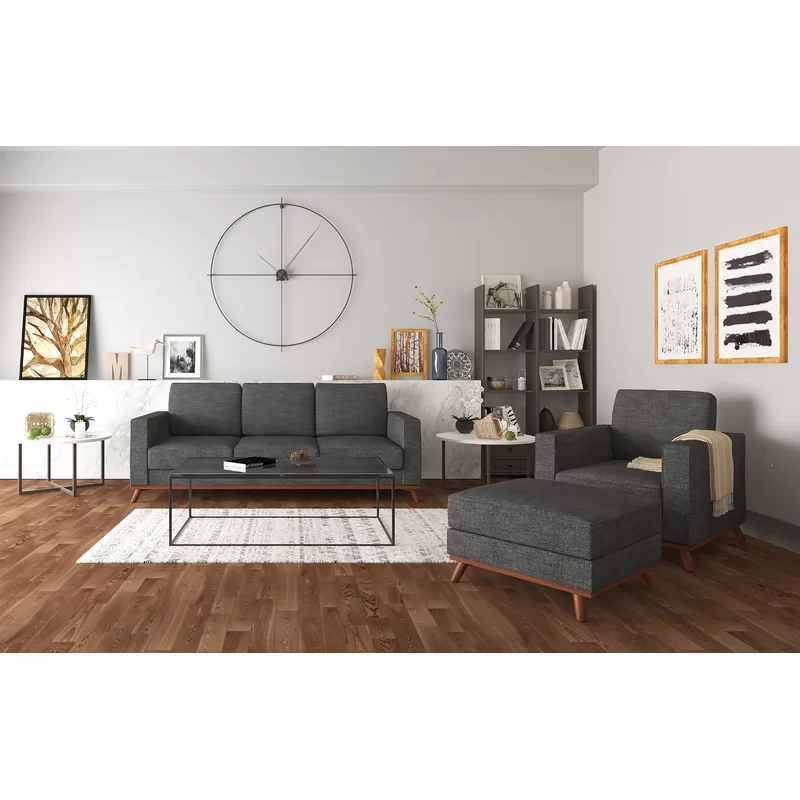
The living room remains the heart of any home, a vibrant hub for family and guests alike.More than just a space for entertainment, it often serves as a multi-functional area for various activities. A spacious living room presents a fantastic opportunity to create distinct zones within a single area.Consider incorporating a compact home office, a cozy reading nook, a dedicated play area, or an expansive entertainment center. The key is to tailor these additions to your household’s specific needs and interests.Dividing a large living room into defined zones is crucial for maximizing its potential. Without these divisions, the space can feel empty and uninviting, even with a standard couch, armchairs, and television. Zoning not only fills the void but also prevents the feeling of wasted space, transforming your living room into a dynamic and functional environment.
2. Experiment on the Furniture Layout
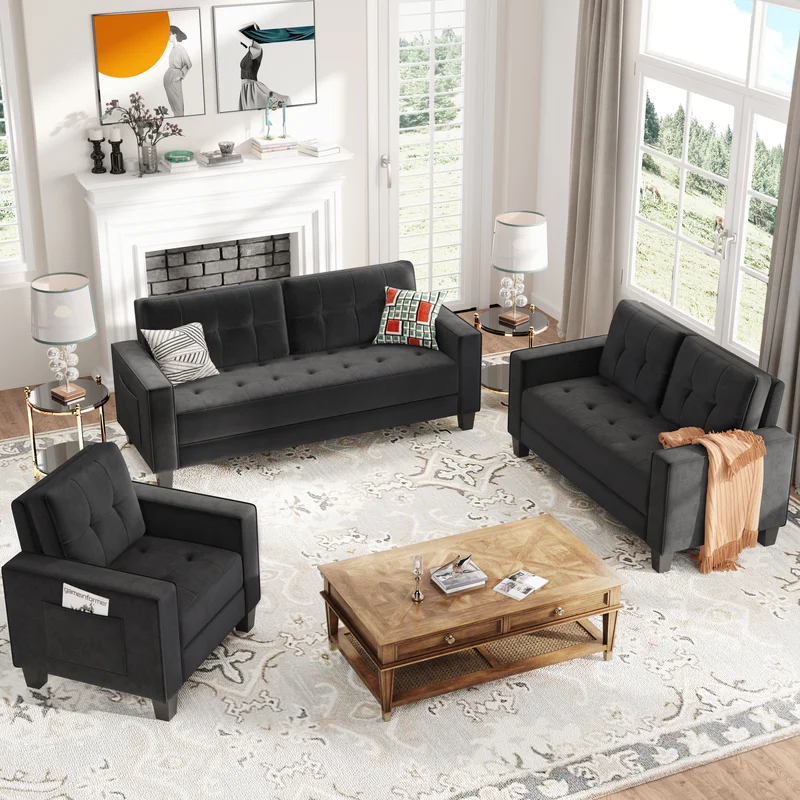
Next, play with your furniture arrangement to divide a large living room. Consider the activities your family enjoys in this space. Prioritize these needs when arranging furniture. Start with a focal point or highlight. Don’t just use the typical U-shaped layout; it’s not always ideal. Explore different arrangements and choose what works best for you. The layout guides people into the living room, as the lounge area is the initial point of entry. using furniture to create divisions is a clever and natural way to break up a large space.
3. Opt for Temporary Folding Screens

Folding screens offer instant privacy in open spaces. Large living rooms often blend multiple zones. These zones may be shared with others. A lounge area with folding screens creates a private, intimate space for family and guests. Personal matters are often discussed in living rooms. Ensure comfort and privacy for everyone. The ambiance should be inviting and comforting. Folding screens create the illusion of a separate room. The space remains open, but privacy is enhanced.
4. Make Room for Additional Storage
Living room storage is essential. Larger living rooms demand more storage solutions. A spacious living room often means more items for display and decoration. Despite the size, clutter can still occur with multiple household members. Organise your belongings and dedicate specific areas for storage. Label items based on their purpose. Allocate space for textiles, throw pillows, electronics, cables, and books. Proper storage is crucial for easy maintenance and preventing lost items when not in use.
5. Use Barn or Sliding Doors
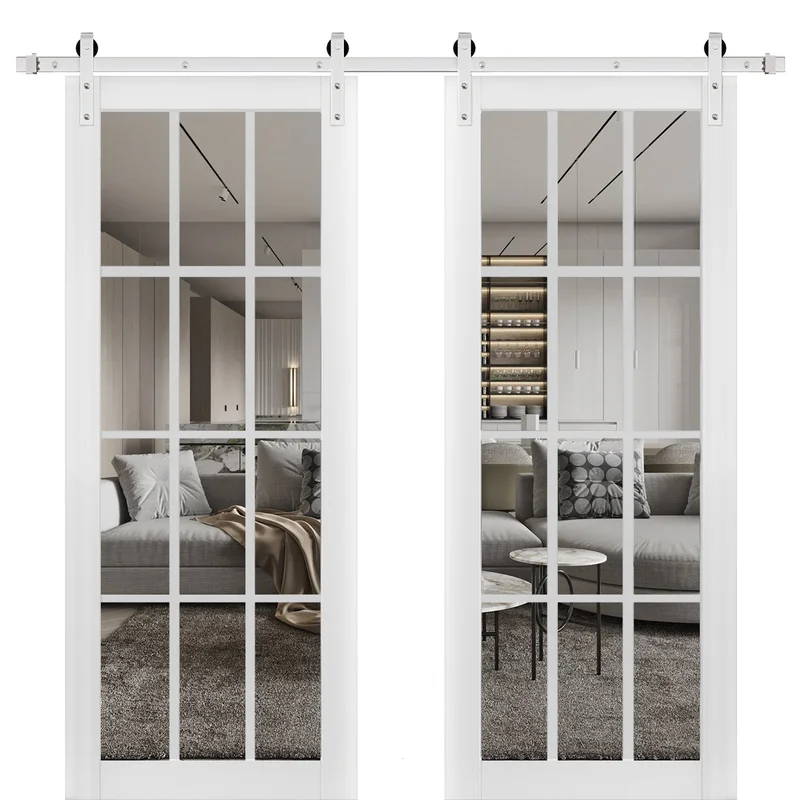
Choosing a movable divider? You’ll need a barn door or sliding door.These are simple to install, fix, and replace, plus they save space. A sliding door boosts privacy, creating a room-like feel. perfect for home-based closed-door meetings. Noise reduces, and you gain personal space.The lounge is the living room’s focal point,so make its design stand out.A dedicated door to the lounge defines this key zone in a large living room.
6. Divide the Sections Using Rugs
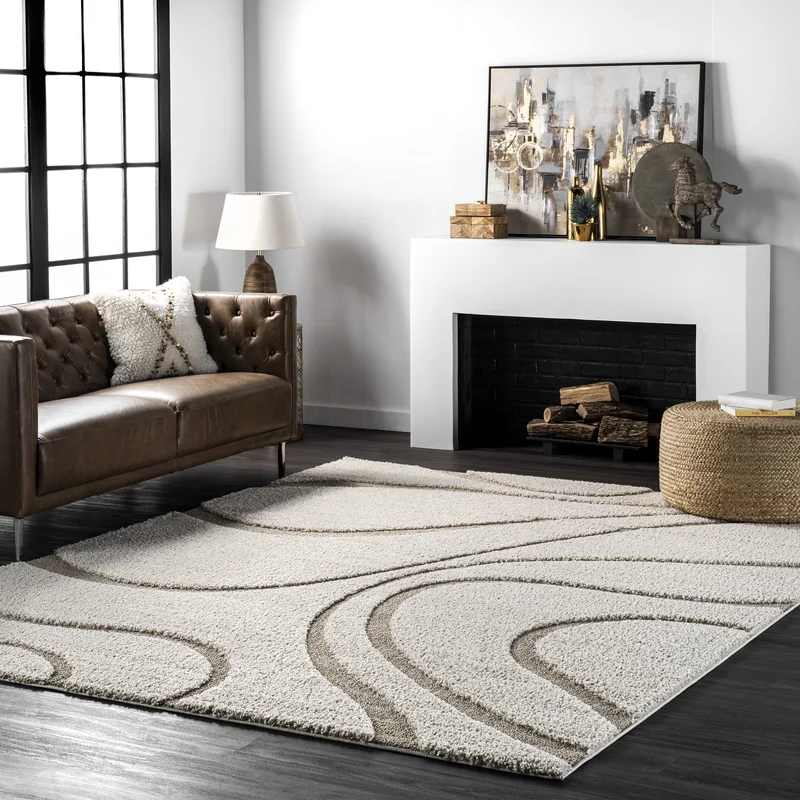
Large, open-plan living rooms can be costly to elevate. Skip the renovation stress! Use rugs to define zones. Area rugs are vital, especially in apartments. They reduce footstep noise, acting as acoustic solutions. in big living rooms, rugs effectively divide spaces. Create distinct lounge, reading, and entertainment areas with strategic rug placement.
7. Adjust the Scale of the Elements
With a spacious room, efficient space utilization is key. It’s tempting to fill it with furniture, but this can create an unbalanced look. We recommend focusing on the scale of every element in your living room. Consider the size of decorations, furniture, appliances, and lighting. Choose items that maximize space without overcrowding. notice the room’s features like windows, arches, ceilings, and columns. For high ceilings, a chandelier is a great lighting choice. Properly scaled elements make large living rooms more functional. Nothing will appear too small or too large. By balancing proportion and zoning, you can easily create distinct areas.
8. introduce Creative Lighting Features
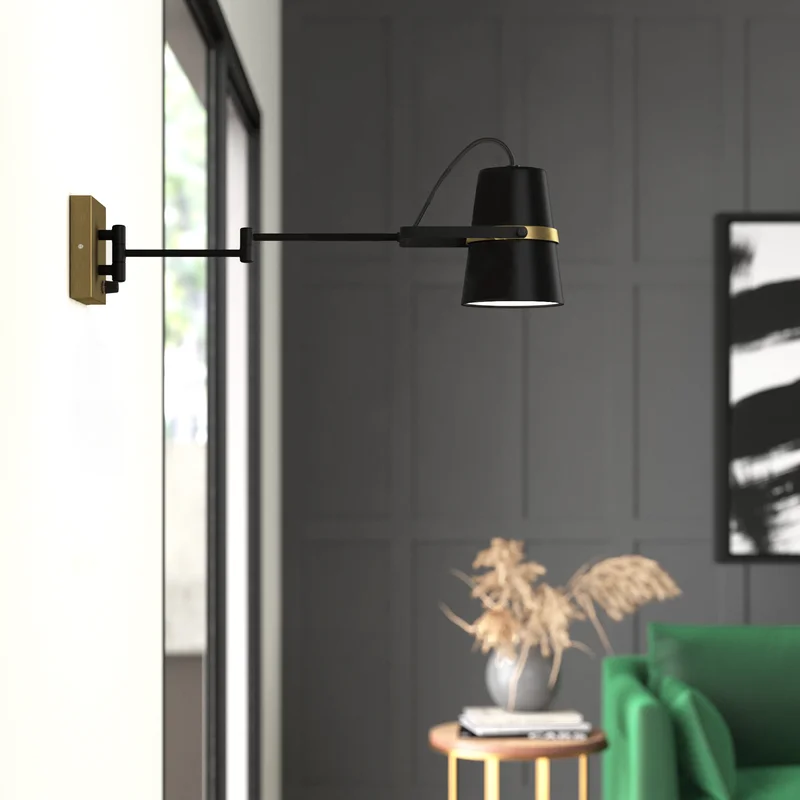
Maximize natural light with expansive windows and enhance your space with innovative lighting designs. A statement chandelier can be the focal point in a large living room, complemented by ambient lighting. Consider recessed lights, strip lights, and wall sconces to enhance the main light source. Experiment with light colors and intensity to ensure visual comfort. Lighting significantly shapes the living room’s atmosphere, even more than decor and furniture. prioritize LED bulbs to reduce energy usage and achieve optimal brightness. LEDs produce minimal heat, aiding in temperature control. You can use multiple lights without raising the room’s temperature.
9. Be Strategic with the Color Palette
The color scheme is crucial for any living room, no matter its size.Instead of sticking to a single color, experiment with complementary shades.Colors unify a large living room and add character, creating a cohesive aesthetic. Light colors enhance the space’s width, length, and depth.Use them sparingly and combine them with darker colors. This defines the edges and corners you want to emphasize.
10.make the Furniture Distant from the Walls
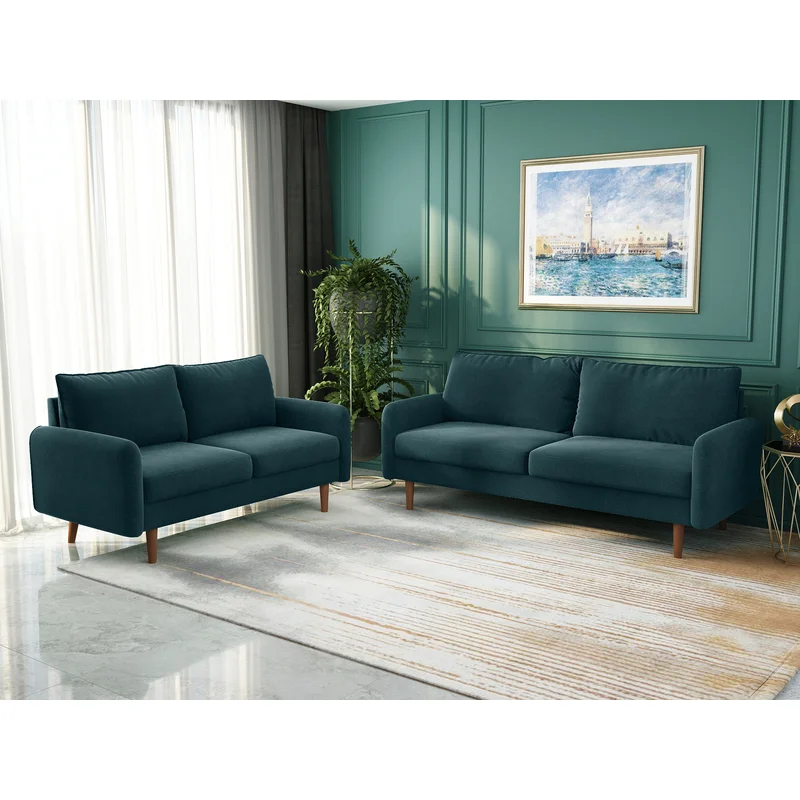
A typical living room design involves placing furniture against the walls to create more open space. however, in larger living rooms, this can result in an unused and awkward area in the center.Instead, arrange your furniture a reasonable distance from the walls. This makes cleaning easier and helps maintain the room’s appearance. Plus, you’ll avoid that empty space in the middle. Keeping furniture away from the walls also prevents unsightly marks when you decide to rearrange. If you like to change your living room layout frequently, make sure to keep the furniture a good distance from the walls.
11. Designate a Multipurpose Space

Onc you’ve defined your living room zones,you might find you have extra space. Don’t fret! This leftover area can serve multiple functions. A multipurpose living room offers flexibility. it’s not just for guests; it benefits the whole household. Your living room can be so much more.

